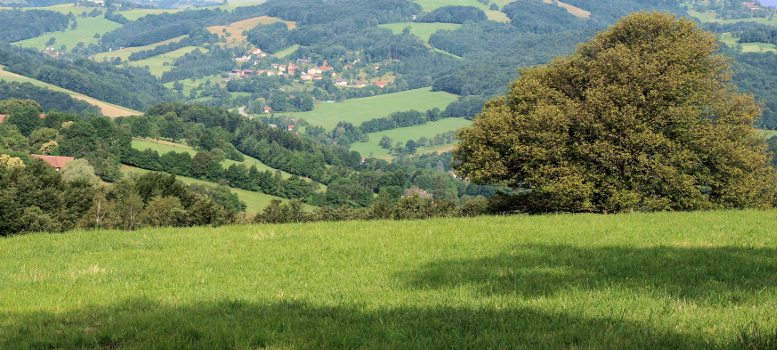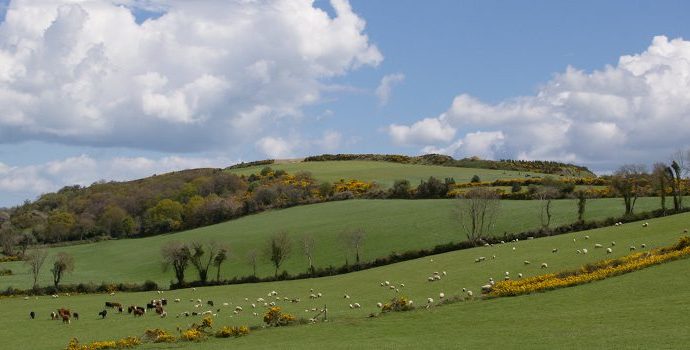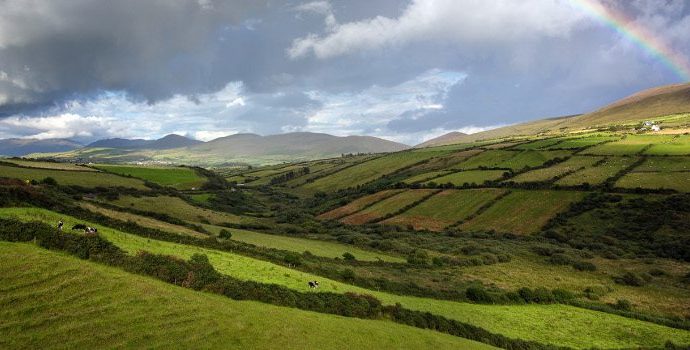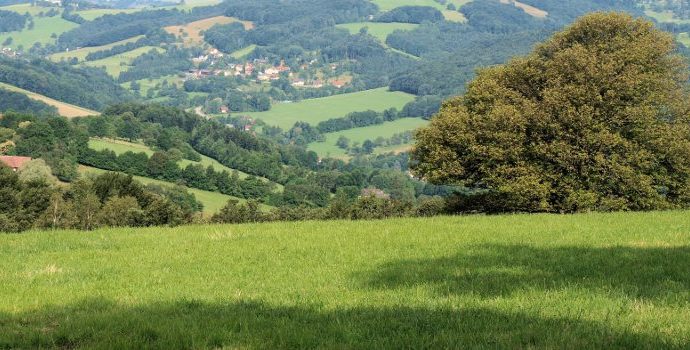EPA Report Says Agriculture Emissions Down 4.6% in 2023

IFA President Francie Gorman said the EPA announcement today that emissions in agriculture dropped by 4.6% last year shows the efforts farmers are making. However, he said the elements of the reduction which are due to the drop in cattle numbers and less use of fertiliser would have economic and social consequences for the sector.
“The result for 2023 means our emissions have dropped for three years in succession and is evidence that measures adopted by farmers are having an impact,” he said.
“While progress on our emissions targets is important, we need to achieve this through reducing emissions per unit of output. Achieving it by reducing production will have negative economic and social implications. We must get the balance right,” he said.
Among the factors that contributed to last year’s fall in emissions was a reduction in fertiliser use.
“This is partly due to adopting new technologies such as multi species awards and better use of organic nutrients. However, the increased price of fertiliser is also a factor. Less fertiliser will lead to less grass growth. In a year when the weather is unfavourable, this will have implications for output and the amount of fodder being saved,” he said.
“Reducing cattle numbers will have consequences too. Suckler cow numbers are down and milk deliveries will be down this year too. What economic activity will replace this in our rural areas?”
“We need to be careful not to pursue emissions reduction as the only measure, with no regard for the economic and social consequences in rural areas,” he said.
“The issue of food security must also be kept front and centre. The world population is growing and more food will be needed. If it’s not produced in Ireland, it will have to be produced in other countries with what is likely to be a higher carbon footprint,” he said.
In 2024, significant recalculations were undertaken by the EPA based on new country-specific research that enabled the refinement of estimations on emissions for the agriculture sector and Land Use, Land Use Change and Forestry (LULUCF) sector.
“This adjustment shows that emissions calculations for agriculture and LULUCF are continually being revised and refined as new country-specific research becomes available. It is vital that the research calculations of emissions and removals continues at pace and that farmers are credited for the carbon they are storing in their forests, hedges, grasslands and crops,” he said.




